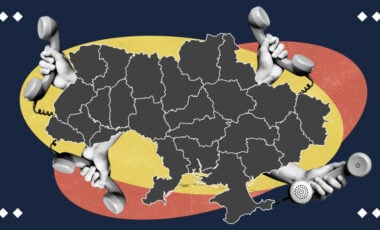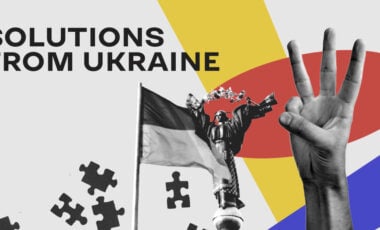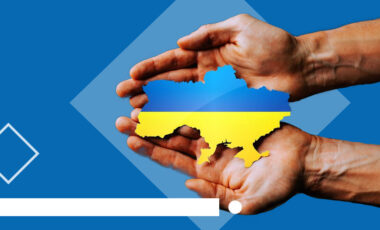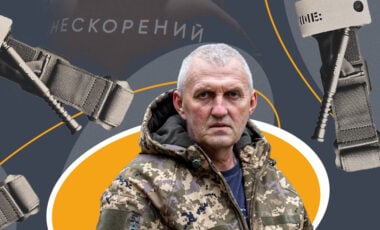Russian command faces potential crises in Kherson and Luhansk regions due to military operation near Bakhmut – ISW
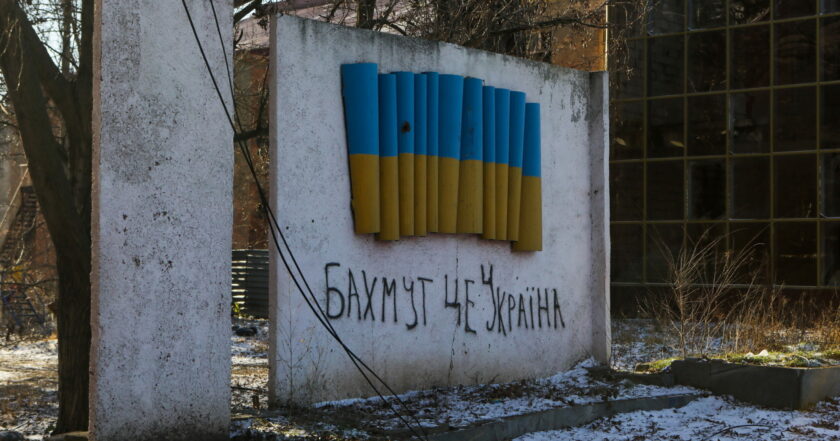
Military operations around Bakhmut in the Donetsk region may turn out for the Russian command either by withdrawing invaders from the south of Ukraine or by risk in the Kherson and Luhansk regions.
The Institute for the Study of War (ISW) stated this in its report.
As American analysts note, the Russian army will likely respond to Ukrainian operations around Bakhmut by transferring additional forces from other regions of Ukraine.
" If Russian reinforcements already sent to Bakhmut are insufficient to hold Russian gains in the area, the Russian command may face difficult choices about whether to risk creating serious vulnerabilities in Kherson or Luhansk oblasts or to begin drawing forces away from southern Ukraine," ISW suggests.
As American experts note, Russian sources claim that on July 1, Ukrainian troops conducted counteroffensive operations on at least four areas of the front.
In addition, as analysts emphasize, the chairman of the Joint Chiefs of Staff, General Mark Milley, admitted that Ukrainian counteroffensive operations would take longer than expected.
According to experts, such statements indicate that Ukrainian troops are currently not trying to conduct large-scale operations that could lead to rapid territorial advances.
Meanwhile, Ukrainian officials regularly point out that the Defense Forces have not yet utilized a significant number of their forces to conduct counteroffensive operations. This means that the main phase of the counteroffensive has yet to begin.
Ukrainian President Volodymyr Zelensky also said that the Russians could initiate a deliberate leak of radioactive substances at the Zaporizhzhia Nuclear Power Plant as part of a potential Russian strategy to freeze the war.
Analysts believe Russia will likely continue to use the threat of a radiological incident to deter Ukrainian counteroffensive actions. In this way, it hopes to weaken the military support of Ukraine from the West.
In addition, Russian propaganda is probably conducting an information campaign to discredit the Wagner Group in favor of integrating former PMC fighters into the Russian Ministry of Defense structures.
Specialists of the institute believe that this is support for the campaign of the President of Russia, Vladimir Putin. It aims to destroy the personal reputation of the founder of Wagner, Evgeny Prigozhin.
ISW Key Findings for July 1:
- Russian forces continued limited offensive operations along the Svatove-Kreminna line.
- Ukrainian forces continued to conduct ground attacks around Bakhmut.
- Russian forces continued to conduct limited ground attacks and transfer airborne (VDV) elements to the Bakhmut area.
- Russian forces continued to conduct limited ground attacks along the Avdiivka-Donetsk City line.
- Russian forces continued counterattacking recently-liberated Ukrainian positions on the administrative border between Donetsk and Zaporizhia oblasts.
- Ukrainian forces continued counteroffensive operations in western Zaporizhia Oblast.
- Russian security procedures on the Kerch Strait Bridge are likely slowing down Russian logistics from Russia to occupied Crimea.
- Iran may send materiel and personnel to Russia to help construct a factory in the Republic of Tatarstan that will reportedly make Iranian combat drones.
- Ukrainian and Western sources continue to report on the abductions of Ukrainian children and adults in the occupied territories.
For reference:
It should be noted that service personnel of the 109th brigade of the Territorial Defense Forces released a video of the destruction of ammunition and infantry in an enemy dugout.
As Rubryka wrote, on July 1, Ukraine's armed forces destroyed 35 artillery systems of the Russian army. A video of destroying of four MSTA-S self-propelled guns of the occupiers at once by HIMARS strikes appeared on the social network.











